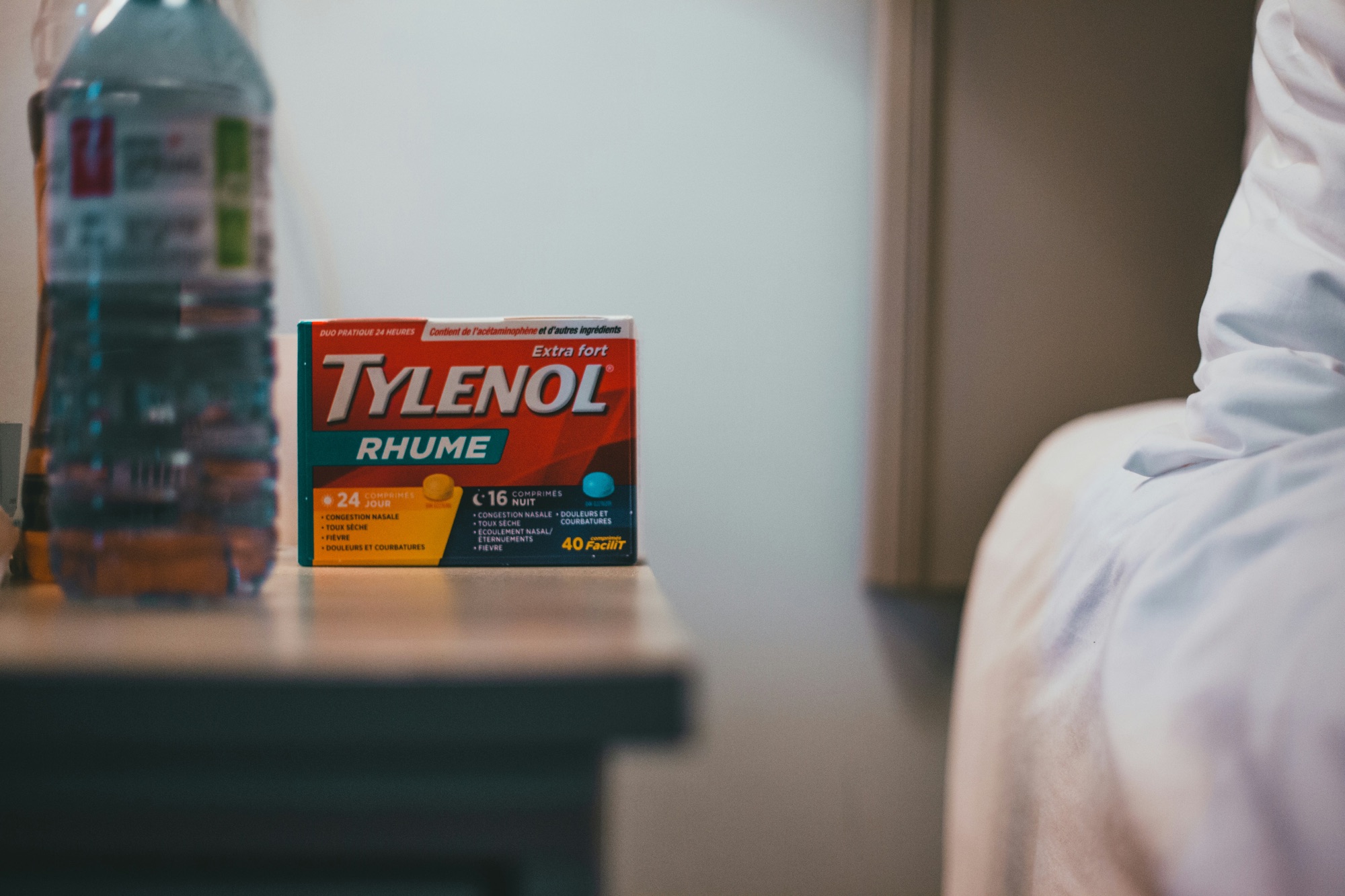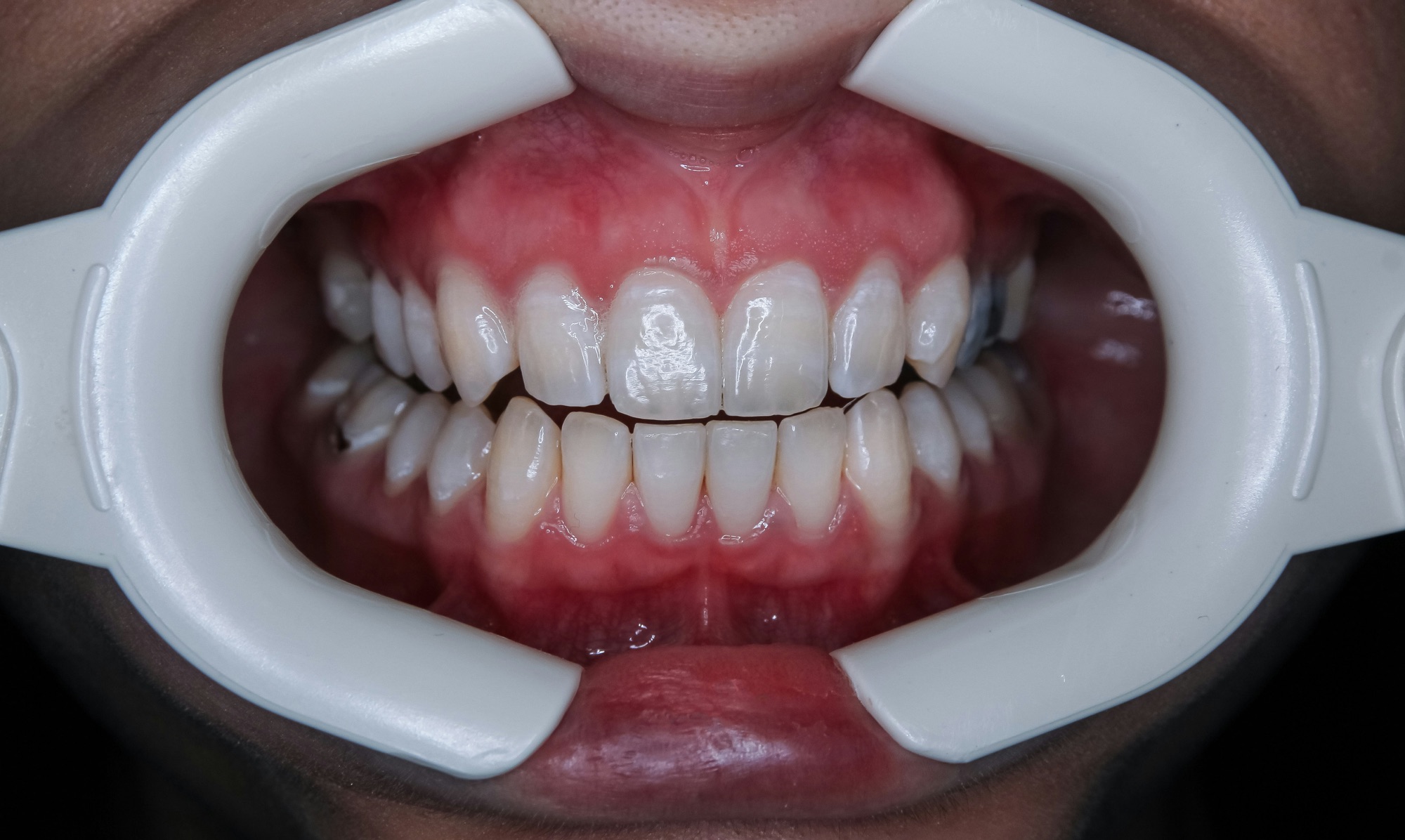Cerebral palsy (CP) is a group of neurological disorders that affect a child’s ability to move, maintain posture, and coordinate muscle activity. It is caused by abnormal brain development or brain damage, often occurring before or during birth. Children with CP face challenges related to motor function, muscle tone, and in some cases, cognition. Therapeutic activities are crucial in helping children manage these challenges, improve mobility, and gain independence. Engaging in such activities not only promotes physical development but also contributes to emotional well-being and social engagement. Below are 15 of the best therapeutic activities for children with cerebral palsy that can enhance their quality of life by supporting physical, cognitive, and emotional health.
1. Physical Therapy Exercises
Physical therapy is one of the most critical interventions for children with cerebral palsy, focusing on improving movement, balance, and posture. It helps develop gross motor skills and strengthens muscles to support better mobility. Physical therapists design tailored exercise programs that can include stretches, muscle-strengthening exercises, and balance training. The aim is to increase the child’s ability to perform everyday activities like walking, standing, and sitting. Some children may use supportive devices, such as walkers, braces, or wheelchairs, to enhance their mobility.
Incorporating playful elements into physical therapy exercises, such as using colorful therapy balls or interactive games, can make the experience more enjoyable for the child. These exercises may involve stretches to increase range of motion, exercises to enhance core strength, and activities to improve coordination. In the long term, physical therapy helps prevent contractures (the permanent tightening of muscles) and reduces the risk of secondary complications such as scoliosis. By improving muscle tone and motor skills, children gain confidence and independence, allowing them to participate more actively in daily life.
2. Occupational Therapy (OT)
Occupational therapy focuses on developing fine motor skills and teaching children how to perform daily activities such as dressing, eating, and grooming. For children with cerebral palsy, these tasks can be challenging due to limited dexterity, muscle weakness, or coordination issues. Occupational therapists work with children to develop strategies and use adaptive tools that make these tasks easier and more manageable.
Children engage in activities that promote hand-eye coordination, such as manipulating small objects, using utensils, or buttoning clothing. Additionally, occupational therapy can involve sensory integration, which helps children process and respond to sensory stimuli more effectively. For instance, children may practice using their hands to feel different textures, improving their ability to adapt to different environments. Over time, occupational therapy not only helps children achieve greater independence but also supports their social and cognitive development, fostering a sense of accomplishment and self-reliance.
3. Aquatic Therapy
Aquatic therapy, or hydrotherapy, offers a supportive environment where children with cerebral palsy can engage in physical activity with reduced resistance and impact. The buoyancy of water allows children to move more freely, reducing the stress on their joints and muscles while also promoting relaxation. Water provides gentle resistance, which helps build muscle strength, improve flexibility, and enhance coordination. Aquatic therapy is particularly beneficial for children with CP who struggle with muscle stiffness (spasticity) because the warmth and buoyancy of the water help reduce tightness in the muscles.
Children often find aquatic therapy enjoyable, as it can feel more like play than traditional physical therapy. Activities might include walking in the water, swimming with flotation devices, or practicing balance exercises with the support of a therapist. For children with limited mobility on land, aquatic therapy offers a sense of freedom and independence. It also provides cardiovascular benefits, improving heart health and endurance, which are important for overall physical well-being.
4. Hippotherapy (Therapeutic Horse Riding)
Hippotherapy, or therapeutic horseback riding, uses the movement of a horse to support and improve the balance, posture, and coordination of children with cerebral palsy. The gentle, rhythmic motion of riding a horse mimics the natural walking gait, which can help children improve their trunk control, balance, and muscle strength. As the child adjusts to the horse’s movements, they engage muscles that are often underused due to CP.
Hippotherapy provides both physical and emotional benefits. Physically, it strengthens the core, improves coordination, and enhances flexibility. Emotionally, it boosts confidence and self-esteem by offering a sense of accomplishment. Children often form a bond with the horse, which can reduce anxiety and increase motivation. Therapeutic riding can also have social benefits, as children often participate in group riding sessions, allowing them to interact with peers and build relationships. Regular sessions can lead to noticeable improvements in mobility and overall well-being.
5. Yoga
Yoga is an excellent therapeutic activity for children with cerebral palsy, offering benefits for both the mind and body. The gentle stretching and breathing exercises involved in yoga can help reduce muscle stiffness, improve flexibility, and promote relaxation. Many yoga poses can be adapted to suit the specific needs of children with CP, allowing them to participate fully despite physical limitations. Yoga also emphasizes mindfulness and body awareness, which can help children gain better control over their movements and reactions.
Practicing yoga helps improve muscle tone, balance, and coordination. For children with spasticity, the slow, controlled movements of yoga can help release tension and improve circulation. Deep breathing exercises and meditation help children manage stress and anxiety, providing emotional benefits that complement the physical improvements. Over time, yoga can enhance the child’s posture, boost self-confidence, and provide a sense of calm and relaxation, all of which are crucial for maintaining a balanced, healthy lifestyle.
6. Music Therapy
Music therapy is a creative and therapeutic way to engage children with cerebral palsy, using music to stimulate cognitive, physical, and emotional development. Music therapy can involve playing instruments, singing, listening to music, or engaging in rhythmic movements to music. These activities help improve motor coordination, language development, and cognitive skills. For children with CP, music therapy can be an enjoyable and motivating way to work on fine motor skills, such as grasping and releasing objects, through the act of playing instruments.
Music therapy is also effective in promoting emotional well-being, as it provides a non-verbal outlet for self-expression. The rhythm and repetition of music can help regulate breathing and muscle movements, making it easier for children to control their movements. Additionally, music therapy can improve communication skills, particularly for children with speech difficulties, by encouraging vocalization or using songs to practice language. Overall, music therapy fosters creativity, boosts mood, and helps children develop important cognitive and physical skills in a joyful, supportive environment.
7. Art Therapy
Art therapy allows children with cerebral palsy to express themselves creatively while developing fine motor skills and cognitive abilities. Activities like painting, drawing, sculpting, or working with clay help improve hand-eye coordination, strengthen hand muscles, and enhance dexterity. Art therapy provides a therapeutic outlet for emotions, enabling children to express feelings that might be difficult to communicate verbally.
Using adaptive tools, such as special grips or brushes, children can engage in various art projects that build motor skills and cognitive abilities. Creating art gives children a sense of accomplishment and encourages self-expression, which is particularly important for those who may struggle with verbal communication. The process of making art can also improve focus and attention, fostering both emotional regulation and cognitive development. Art therapy is a way for children to experience joy, creativity, and independence, all while working on essential motor and cognitive skills.
8. Sensory Play
Children with cerebral palsy often benefit from sensory play, which engages the senses and encourages exploration and learning. Sensory activities can involve tactile, auditory, visual, or olfactory stimuli, helping children improve sensory processing and fine motor skills. For children with CP who experience difficulty with sensory integration, these activities provide opportunities to engage with the world around them in a safe and stimulating way.
Examples of sensory play include using sand, water, playdough, or textured materials to explore touch. Other activities might involve auditory or visual stimulation, such as playing with musical instruments or engaging in light-based activities like watching bubbles or colored lights. Sensory play helps children become more comfortable with different textures and sensations, improving their ability to process sensory input. It can also foster creativity, imagination, and problem-solving skills while providing an enjoyable and calming experience.
9. Adaptive Sports
Adaptive sports are modified sports that enable children with physical disabilities, including cerebral palsy, to participate in athletic activities. Engaging in adaptive sports helps children develop physical strength, improve coordination, and build social connections. These sports are tailored to accommodate a child’s specific abilities, ensuring that every child can participate, regardless of their mobility challenges.
Examples of adaptive sports include wheelchair basketball, boccia (a precision ball sport), adaptive swimming, and cycling using modified bikes. These activities not only improve physical fitness and cardiovascular health but also boost self-esteem and provide opportunities for social interaction. Participating in adaptive sports helps children develop a sense of belonging and accomplishment, as they can enjoy competitive or recreational sports in an inclusive and supportive environment.
10. Tactile Stimulation
Tactile stimulation therapy is designed to help children with cerebral palsy become more comfortable with different textures and sensations, improving their sensory processing abilities. This therapy can involve touching and manipulating objects with various textures, such as soft fabrics, sponges, or textured balls. For children with CP, tactile stimulation can help reduce hypersensitivity to touch and improve fine motor skills.
Tactile stimulation also encourages hand-eye coordination, allowing children to engage with objects in a way that improves both motor control and cognitive development. Activities like brushing the skin with soft brushes, engaging in light massage, or playing with textured sensory toys can help children feel more comfortable with touch. Over time, tactile stimulation can improve a child’s ability to process sensory input and enhance their interactions with their environment.
11. Crawling and Rolling Exercises
Crawling and rolling exercises are fundamental activities for children with cerebral palsy, particularly those working to develop foundational motor skills. These exercises help strengthen core muscles, improve coordination, and encourage the body to move in a more controlled and purposeful way. Crawling, for instance, engages both the upper and lower body, promoting bilateral coordination, where both sides of the body work together. Rolling exercises help with body awareness and muscle activation, particularly for children with limited mobility.
Therapists often use play-based methods to encourage crawling and rolling, such as setting up obstacle courses or using toys to motivate movement. These exercises can be done on soft surfaces or mats to ensure the child’s safety. Over time, crawling and rolling improve muscle tone, balance, and gross motor function, laying the groundwork for more complex movements such as walking, sitting up, or standing. These activities also help children gain confidence in their ability to move and explore their surroundings.
12. Speech Therapy Games
Speech therapy is essential for children with cerebral palsy who have difficulty speaking, swallowing, or communicating. Speech-language pathologists use various games and activities to help children improve their articulation, strengthen oral muscles, and enhance overall communication skills. For children with more severe communication difficulties, speech therapy may also involve using augmentative and alternative communication (AAC) devices or picture boards to facilitate interaction.
Games like blowing bubbles, practicing tongue movements, and using flashcards or apps to learn new words are all fun ways to work on speech therapy goals. Singing songs, rhyming, or playing games with repetitive phrases can also improve language development. Speech therapy not only helps children improve verbal communication but also boosts their ability to engage socially, enhancing their overall confidence and independence.
13. Interactive Technology (Therapy Apps and Games)
Advances in technology have made it easier for children with cerebral palsy to engage in therapeutic activities through interactive apps and games. These digital tools are designed to support fine motor skills, cognitive development, and coordination. Many therapy apps offer engaging, game-like experiences that encourage children to practice important skills, such as problem-solving, hand-eye coordination, and language development.
For example, touchscreen games that require tapping, dragging, or swiping can help improve fine motor control. Interactive speech therapy apps use visual and auditory cues to support language learning, while virtual reality (VR) programs provide immersive environments for physical and cognitive exercises. These apps and games allow children to practice therapeutic activities independently or with a therapist, making therapy both fun and effective. By integrating technology into their daily routine, children with cerebral palsy can develop key skills in an interactive and motivating way.
14. Gardening Activities
Gardening offers therapeutic benefits for children with cerebral palsy, as it combines physical, sensory, and cognitive engagement in a natural, outdoor setting. Simple gardening tasks such as planting seeds, watering plants, or picking fruits and vegetables can help improve fine motor skills, coordination, and muscle strength. Gardening also provides a calming, sensory-rich environment that stimulates the senses through touch, sight, and smell.
Using adaptive tools, such as lightweight watering cans or specially designed garden tools, allows children with limited dexterity to participate more easily. Gardening activities can also foster a sense of responsibility and accomplishment as children watch the plants grow and thrive under their care. Beyond physical benefits, gardening offers emotional and psychological benefits by connecting children with nature, reducing stress, and providing a peaceful, mindful experience.
15. Breathing and Relaxation Exercises
Breathing exercises and relaxation techniques are crucial for children with cerebral palsy, especially those who experience muscle stiffness, anxiety, or difficulty with coordination. These exercises help promote relaxation, reduce muscle tension, and improve overall body control. Deep breathing exercises, such as belly breathing, help children slow down their breath and focus on mindful breathing, which can reduce stress and anxiety.
Progressive muscle relaxation, where children are guided to tense and then relax different muscle groups, can help release physical tension and improve awareness of their body. These techniques are especially beneficial before or after physical therapy sessions to help reduce spasticity and prepare the muscles for movement. Relaxation exercises can also improve focus and attention, making it easier for children to participate in other therapeutic activities. Incorporating breathing and relaxation into a daily routine helps promote mental and emotional well-being, as well as physical relaxation.
Conclusion
Therapeutic activities for children with cerebral palsy are vital for supporting physical development, improving motor function, and enhancing emotional and cognitive well-being. Each of the activities outlined above offers unique benefits tailored to the diverse needs of children with CP, helping them gain independence, build strength, and develop essential life skills. By engaging in these activities, children can make progress toward their goals while enjoying a sense of accomplishment, fun, and personal growth.
It’s important to approach each therapeutic activity with flexibility, as every child with cerebral palsy has unique strengths and challenges. Working closely with physical, occupational, and speech therapists ensures that activities are tailored to the individual child, allowing for meaningful improvements in their quality of life. While therapeutic activities can be challenging at times, they also offer opportunities for joy, connection, and empowerment as children work toward their potential.






